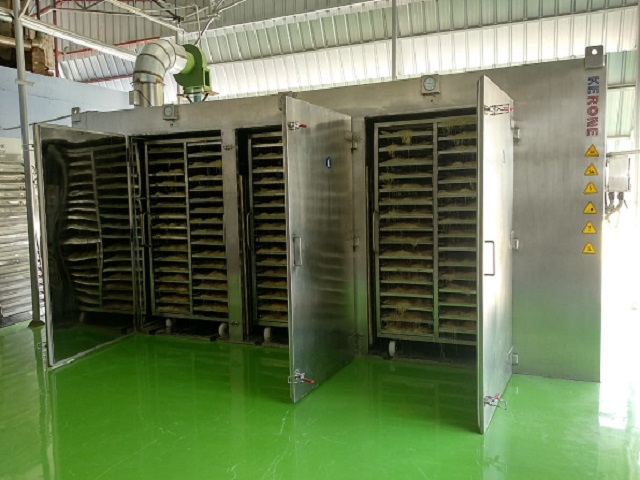Dry Heat Sterilization is a sterilization process that can be used to terminally sterilize health care products, medical devices, equipment, components or bulk active pharmaceutical ingredients by exposing the items to a temperature of ≥ 160°C for a defined time.
For heat stable items, such as glassware or stainless steel equipment, a dry heat sterilization cycle can be run at 250°C to remove bacterial endotoxins from the items. This process is also referred to as Depyrogenation. Bacterial endotoxins are fever inducing compounds, or pyrogens, that are released when the cell walls of gram negative bacteria such as Escherichia coli are destroyed.
Validation of dry heat sterilization cycle(s) is required by ANSI, AAMI, ISO, USP and the FDA to ensure that all items that are required to be sterile or pyrogen free are able to consistently and reliably be sterilized to reduce the chance of introducing or spreading an infectious microorganism or pyrogen.
Installation Qualification (IQ)
Validation of a dry heat sterilization cycle begins with the execution of the Installation Qualification (IQ) protocol on the equipment (oven, tunnel, or cabinet) which will be used to perform the dry heat sterilization. The IQ protocol verifies and documents that the equipment is installed correctly and meets all of the manufacturer and user requirements. During the execution of the IQ protocol, the equipment drawings, calibration status of critical instruments, instrument and valve information, utility information, and standard operating procedures for the equipment are all confirmed.
Operational Qualification (OQ)
The next step in the validation of a dry heat sterilization cycle is the execution of the Operational Qualification (OQ) protocol of the equipment. The OQ protocol verifies and documents that the equipment is programmed and operating correctly, and is able to meet all of the manufacturer and user requirements. Execution of the OQ protocol involves verifying the parameters/settings (e.g. general system options, cycle length, airflow, sterilization temperature) of the dry heat sterilization cycle(s). It also ensures that the system alarms are operating correctly, that the equipment is functioning properly (e.g. verification that the control system functions as specified by the equipment manufacturer or system interlocks), and that the equipment is able to achieve and maintain the required sterilization conditions during the dry heat sterilization cycle(s).
Performance Qualification (PQ)
The execution of the IQ and OQ protocols covers the validation of the equipment. In order to validate a dry heat sterilization cycle, a Performance Qualification (PQ) protocol must be executed. The PQ demonstrates that the dry heat sterilization cycle(s) can repeatedly achieve the required Sterility Assurance Level (SAL) 1. In order to confirm that the necessary SAL can be reached, the dry heat sterilization cycle must be temperature mapped.
Temperature Mapping
To perform a temperature mapping, data loggers are placed throughout the equipment chamber (distribution data loggers) and the load being sterilized (penetration data loggers). In order to temperature map a depyrogenation cycle it is sometimes necessary to use thermal barriers to protect the data loggers from the extreme heat. All of the data loggers used should have at least a 3 point NIST-traceable calibration performed prior to use.
Kerone have the knowledge and experience needed to help you complete the IQ/OQ/PQ for your dry heat sterilization and depyrogenation equipment and processes. Our experts have your back, so you can rest assured that your dry heat sterilization or depyrogenation cycles are being completed – optimally, reproducibly, and consistently.
We at KERONE have a team of experts to help you with your need for Sterilization in various products range from our wide experience.

